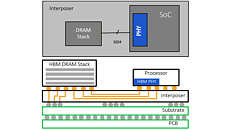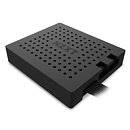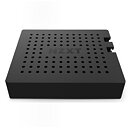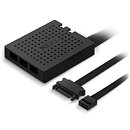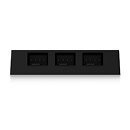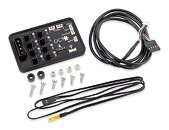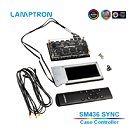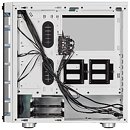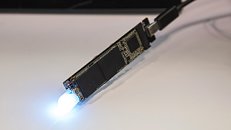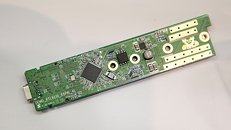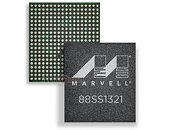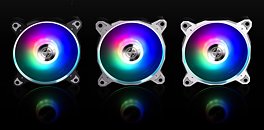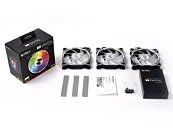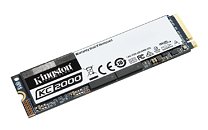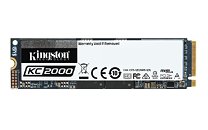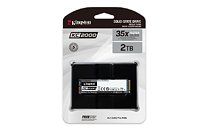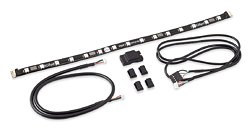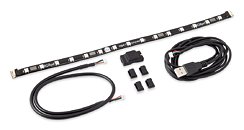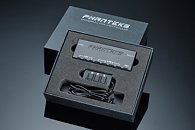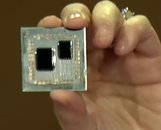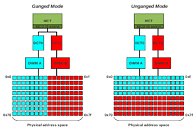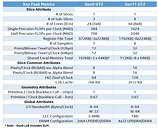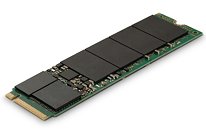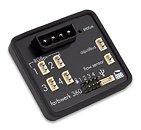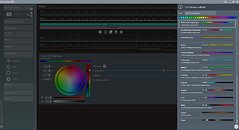
Patents Reveal Possible New Valve Steam Controller
Valve may be working on a new Steam Controller with swappable components like those found on the Xbox Elite Controller according to recently published patents. While this patent doesn't guarantee we will see a next generation steam controller it does highlight Valve's internal efforts in developing a new controller. The original steam controller wasn't the success many had hoped for and was discontinued in late 2019 after a myriad of issues.
The patent was filed in late 2018 but was only published last month and reveals several interesting abilities of the controller, the new version while maintaining the distinctive steam controller design would swap the joystick for a D-pad. The patent also includes information about a feature that would introduce more customization options for button and trigger mapping depending on the game or software. These ideas build on the original premise of the steam controller and presents a vast array of modding options.
The patent was filed in late 2018 but was only published last month and reveals several interesting abilities of the controller, the new version while maintaining the distinctive steam controller design would swap the joystick for a D-pad. The patent also includes information about a feature that would introduce more customization options for button and trigger mapping depending on the game or software. These ideas build on the original premise of the steam controller and presents a vast array of modding options.

